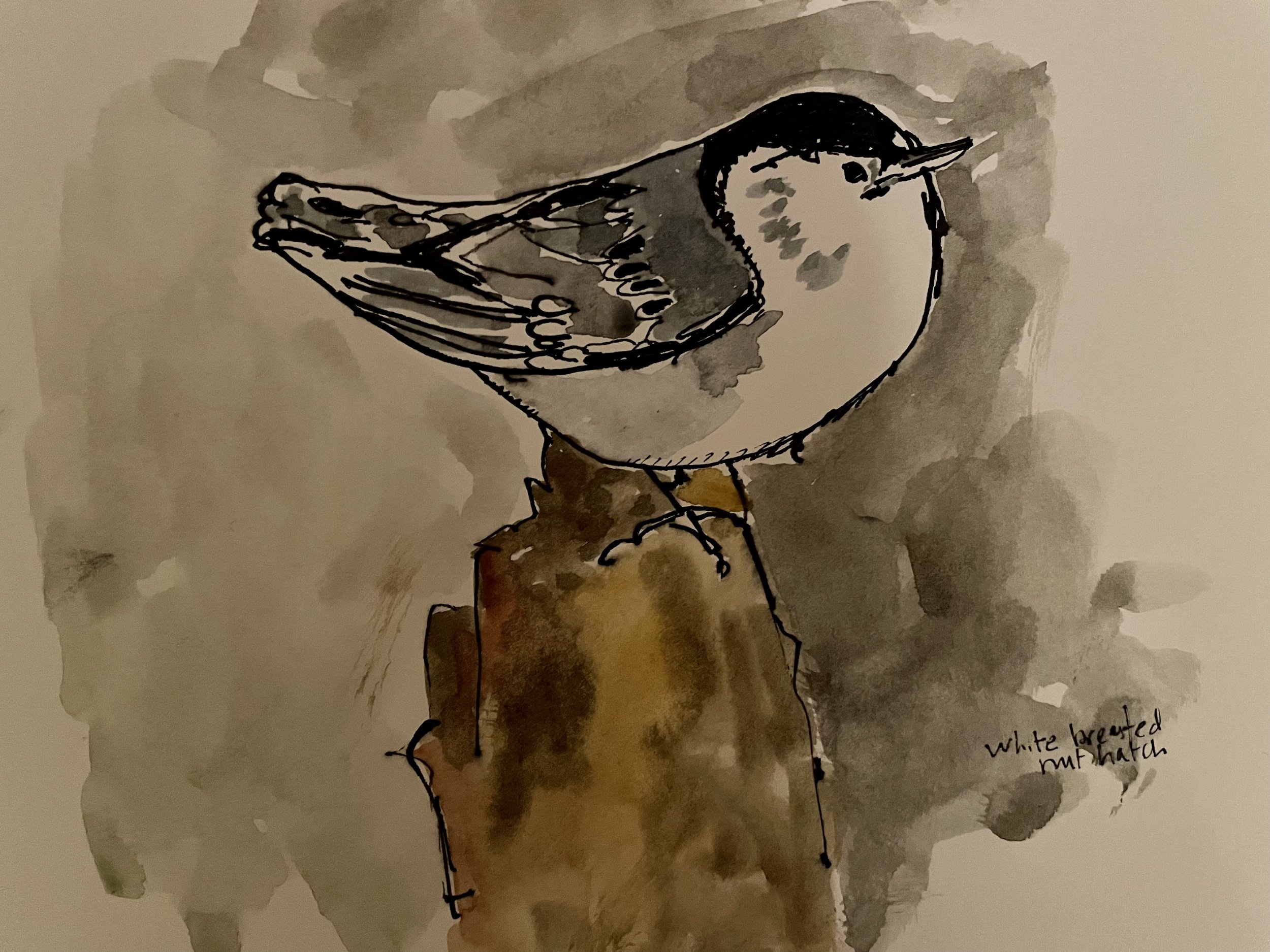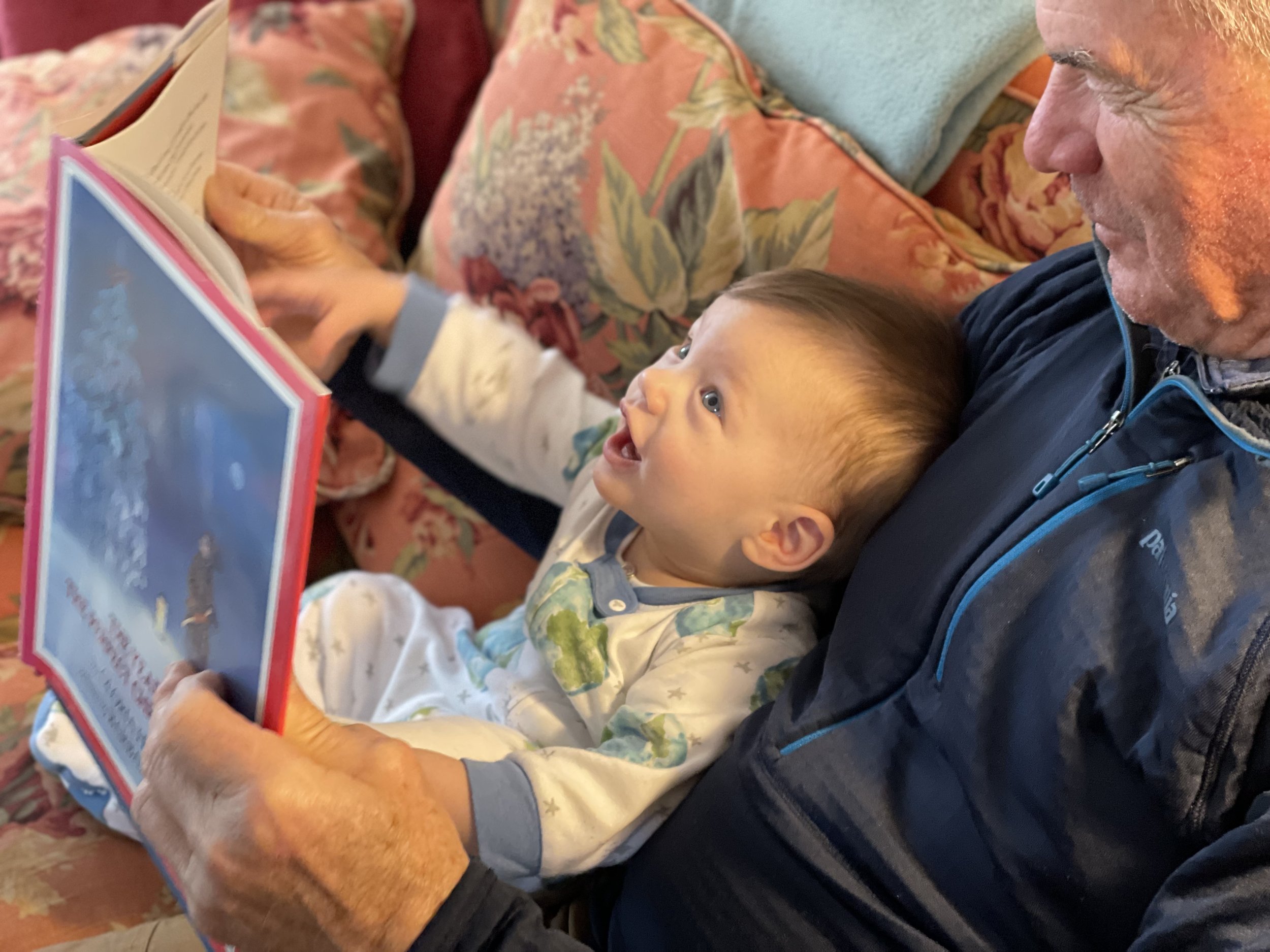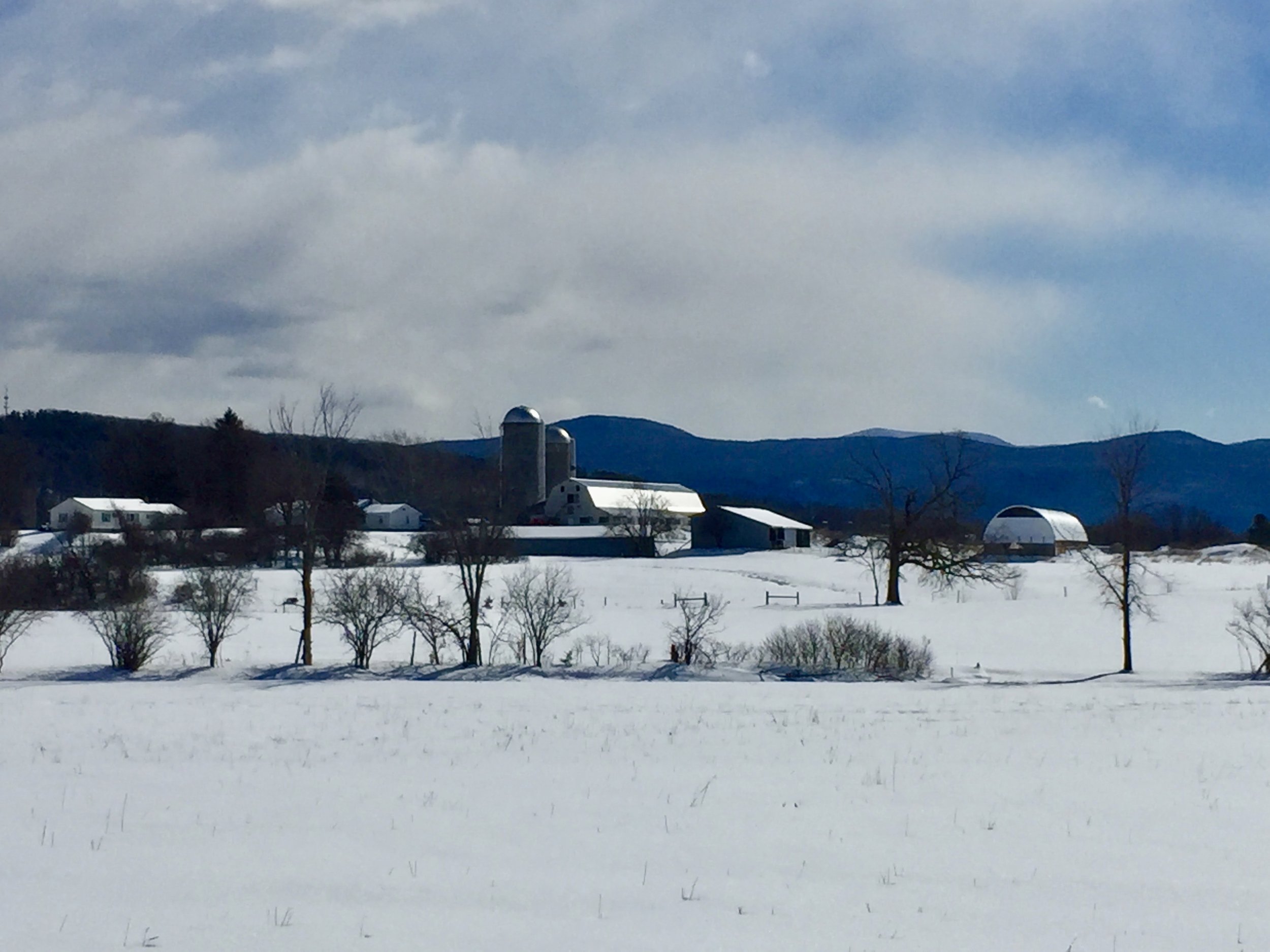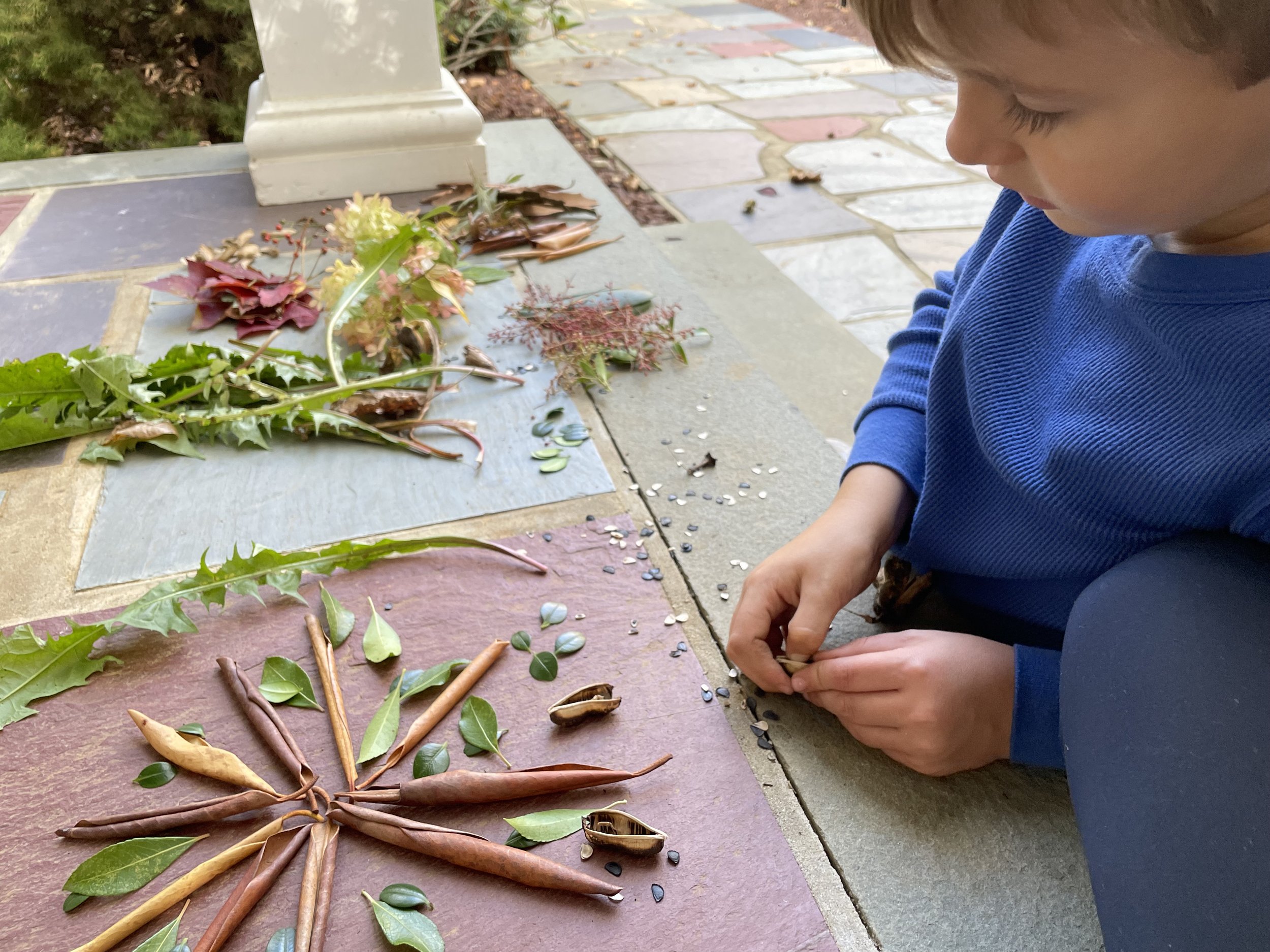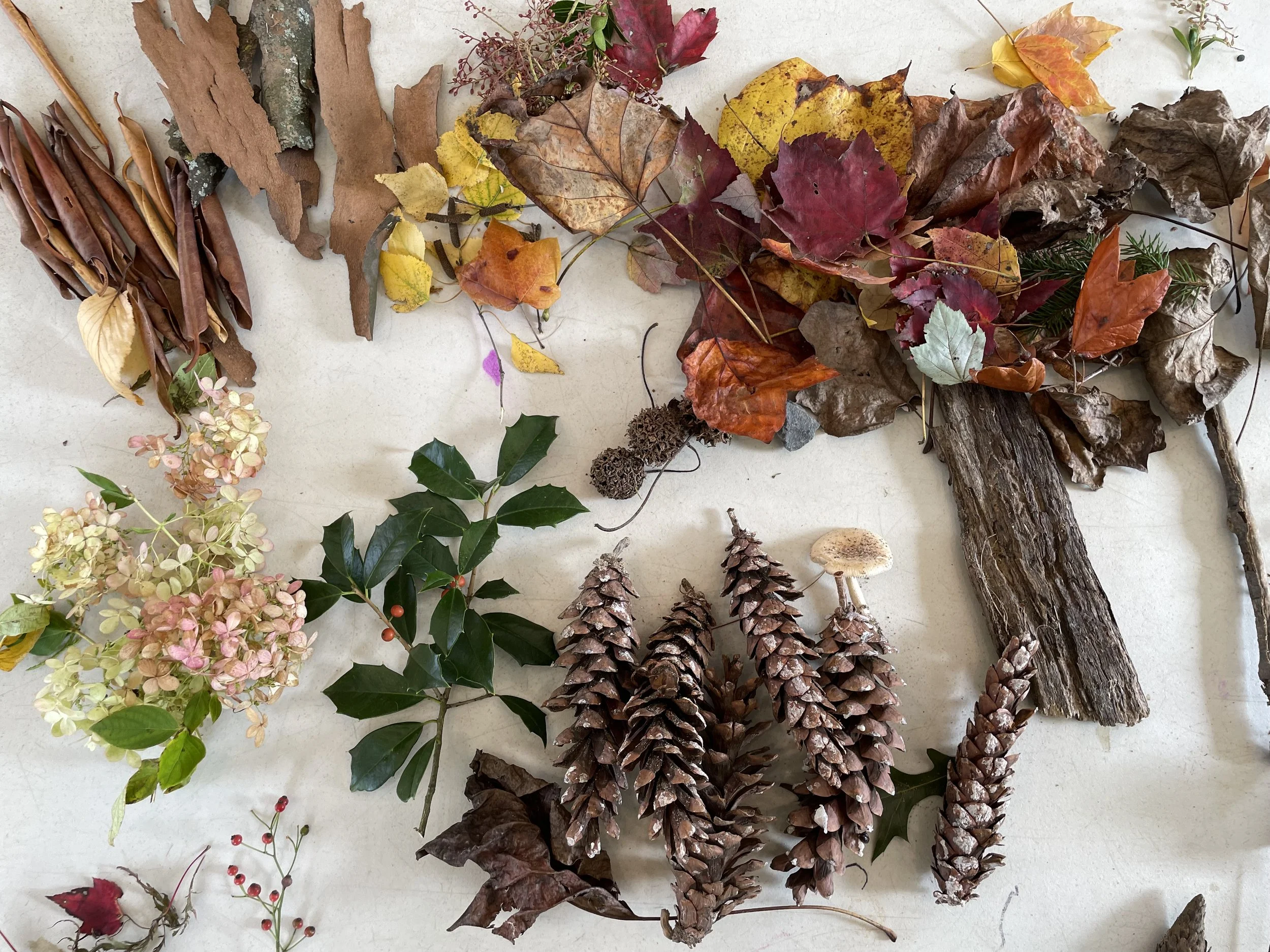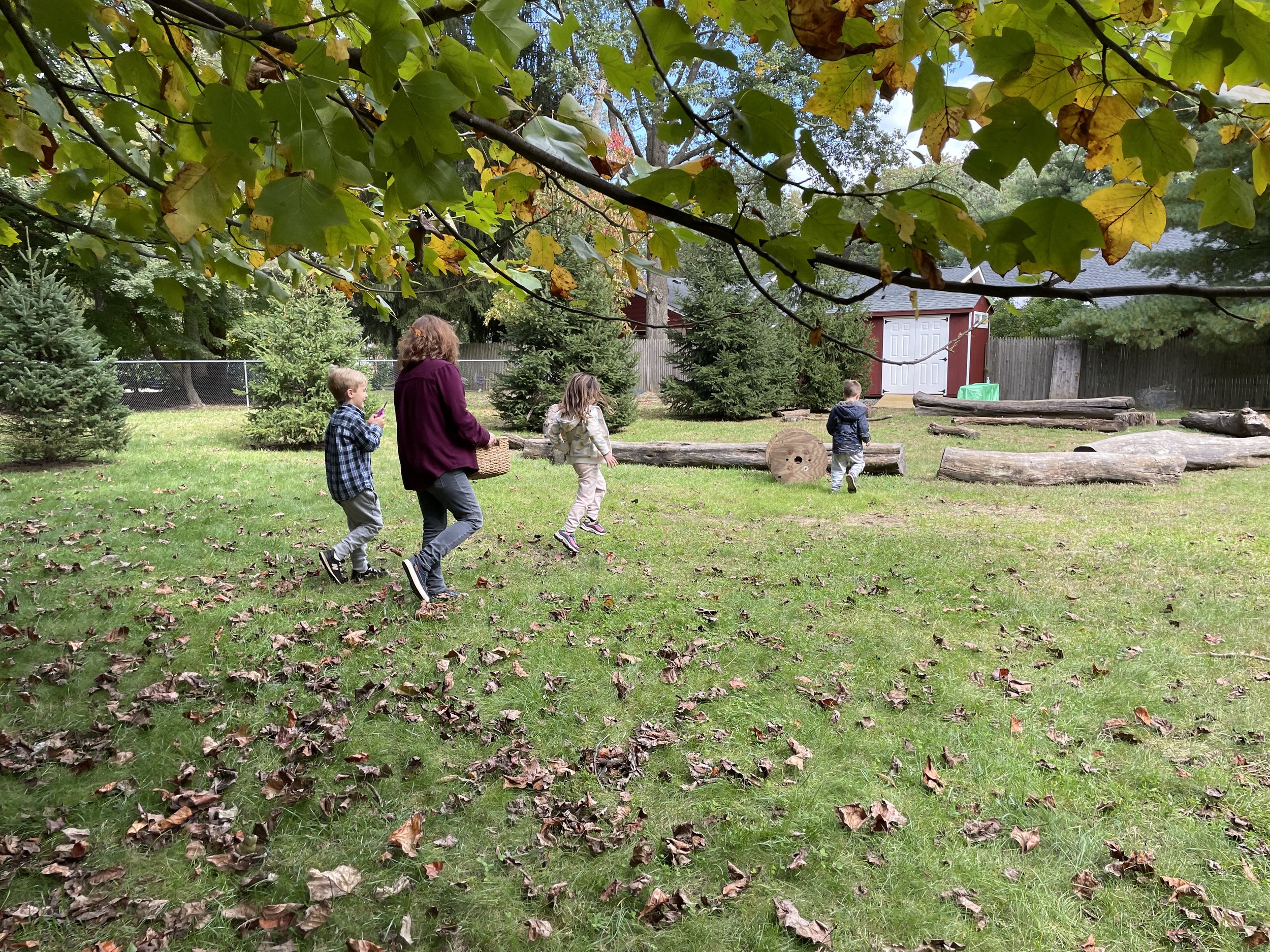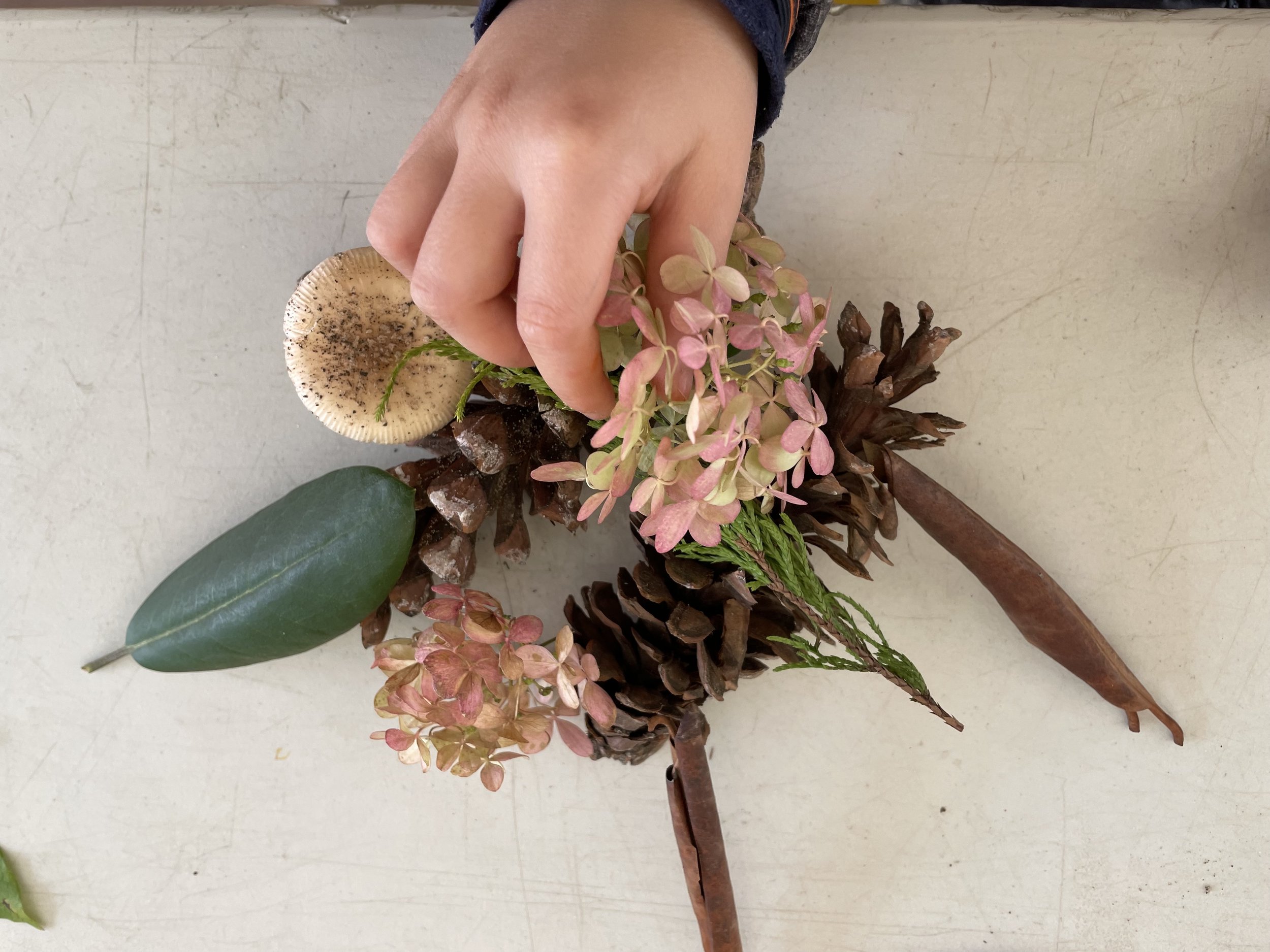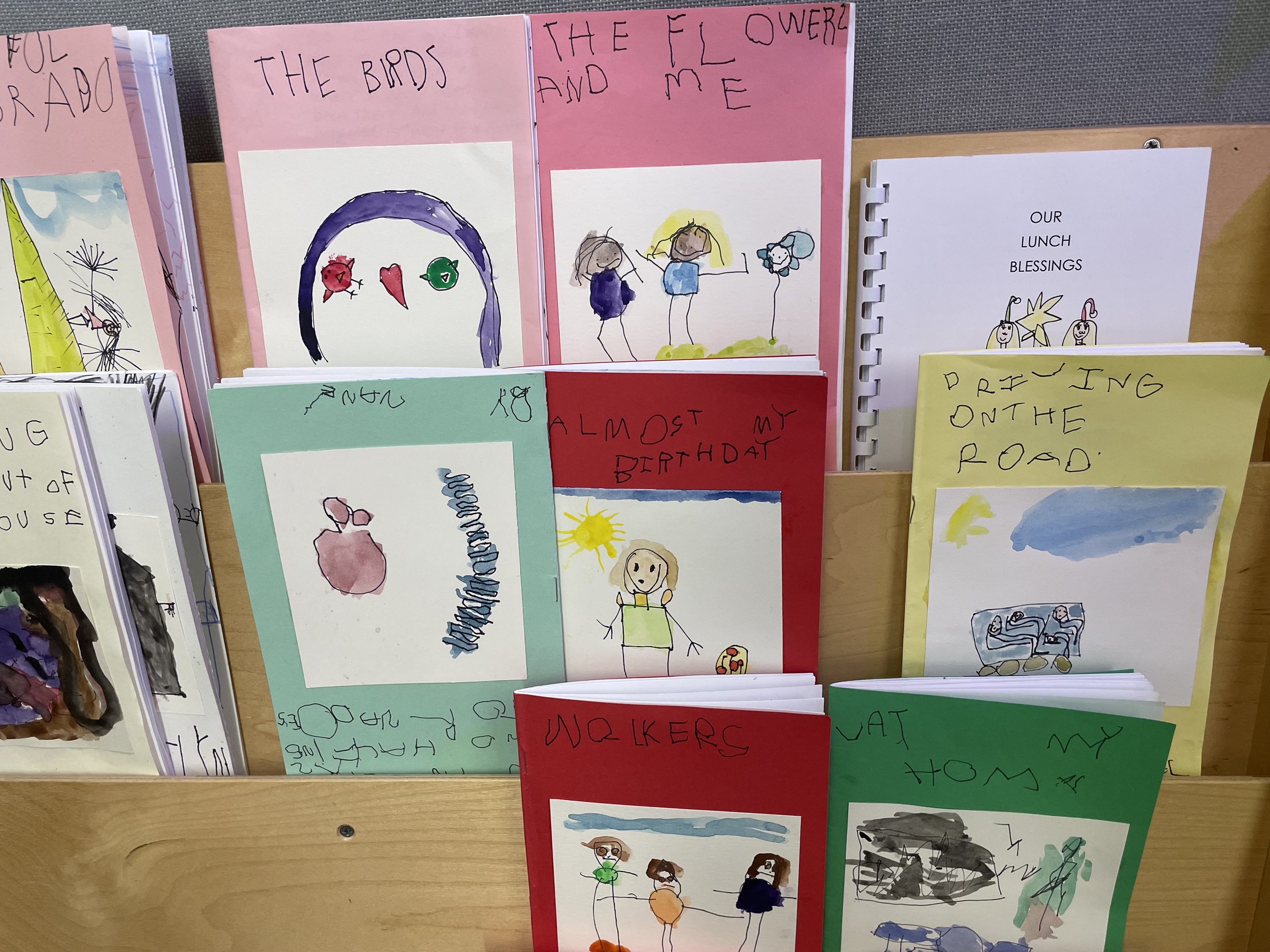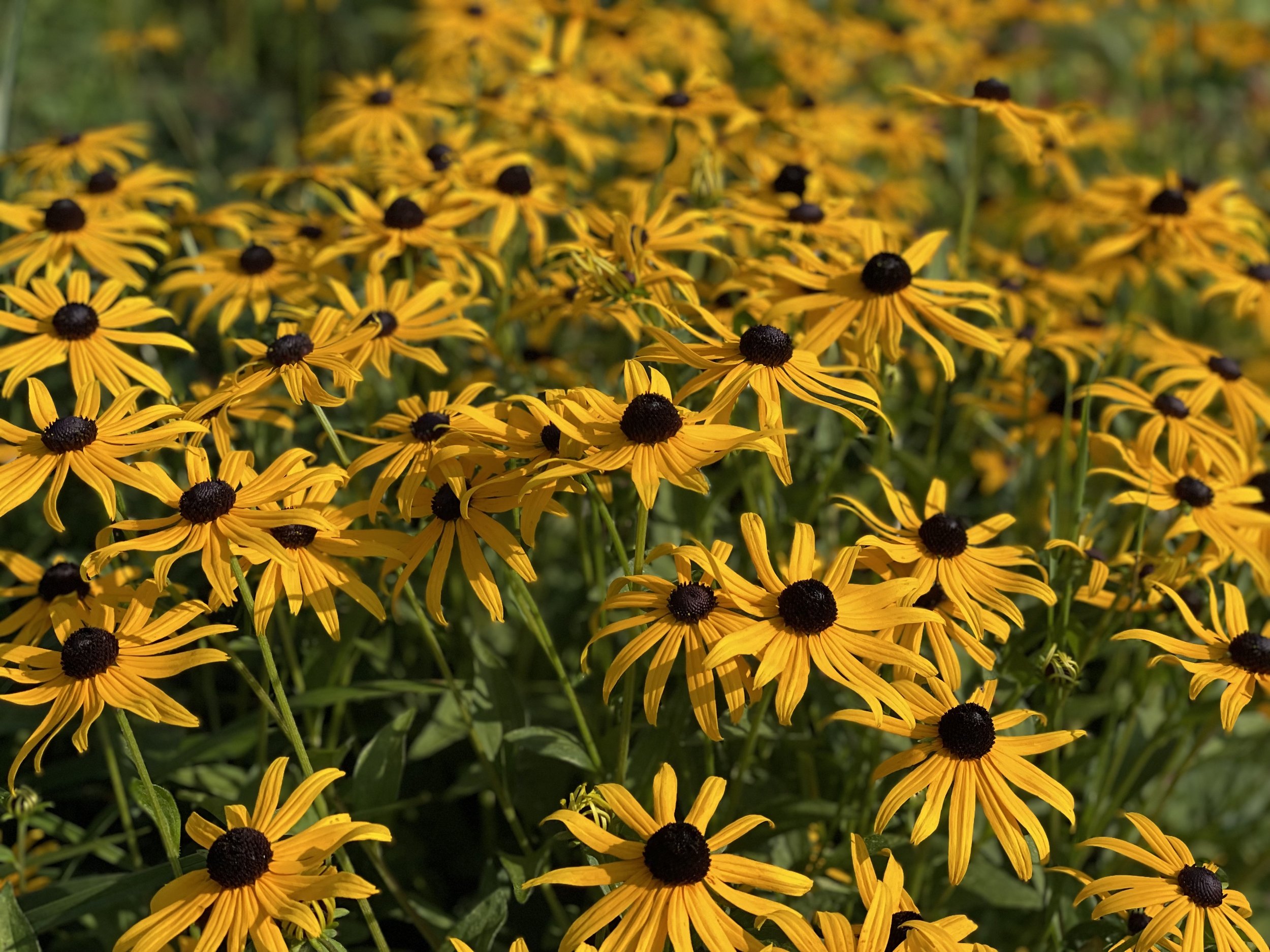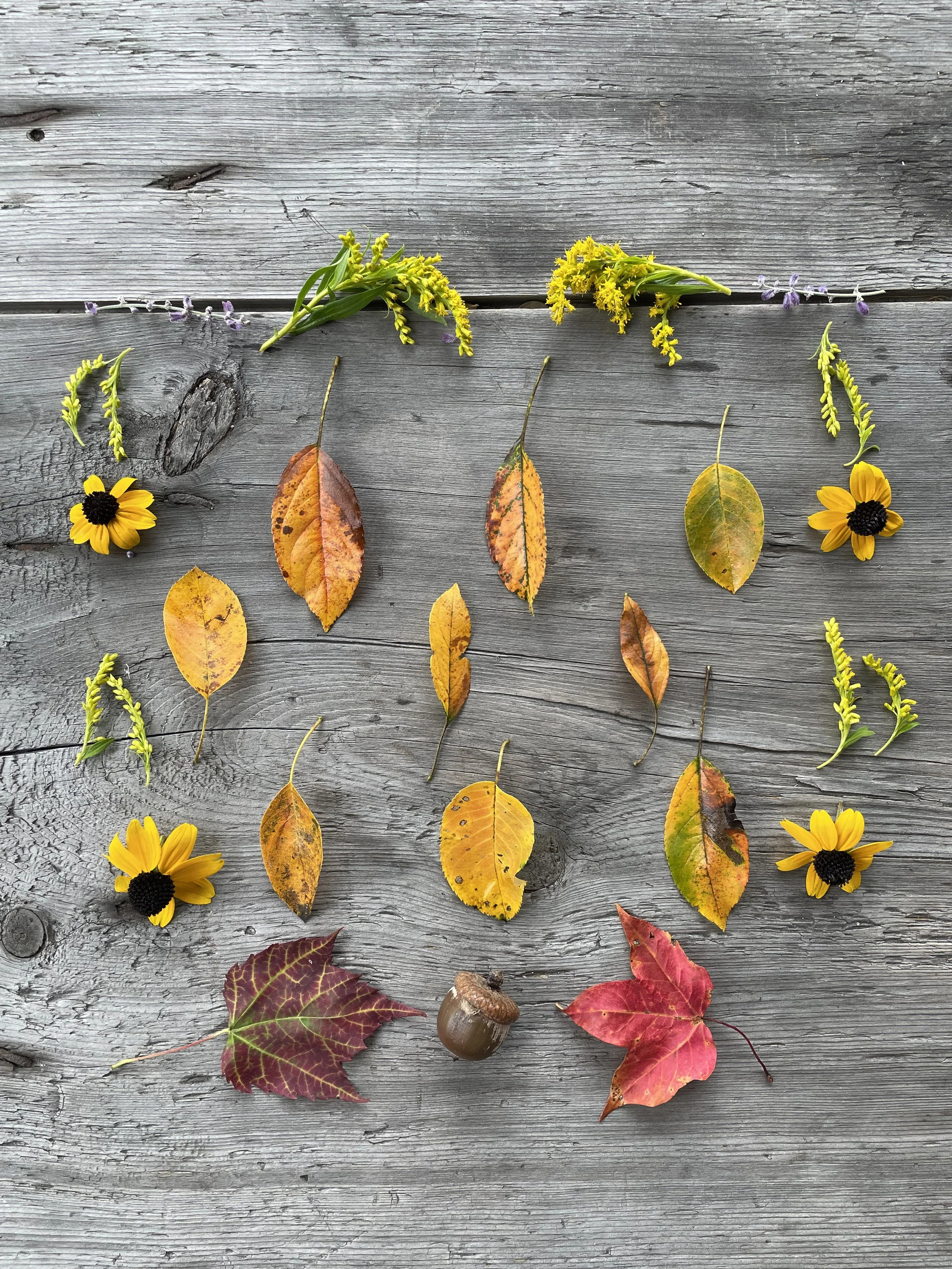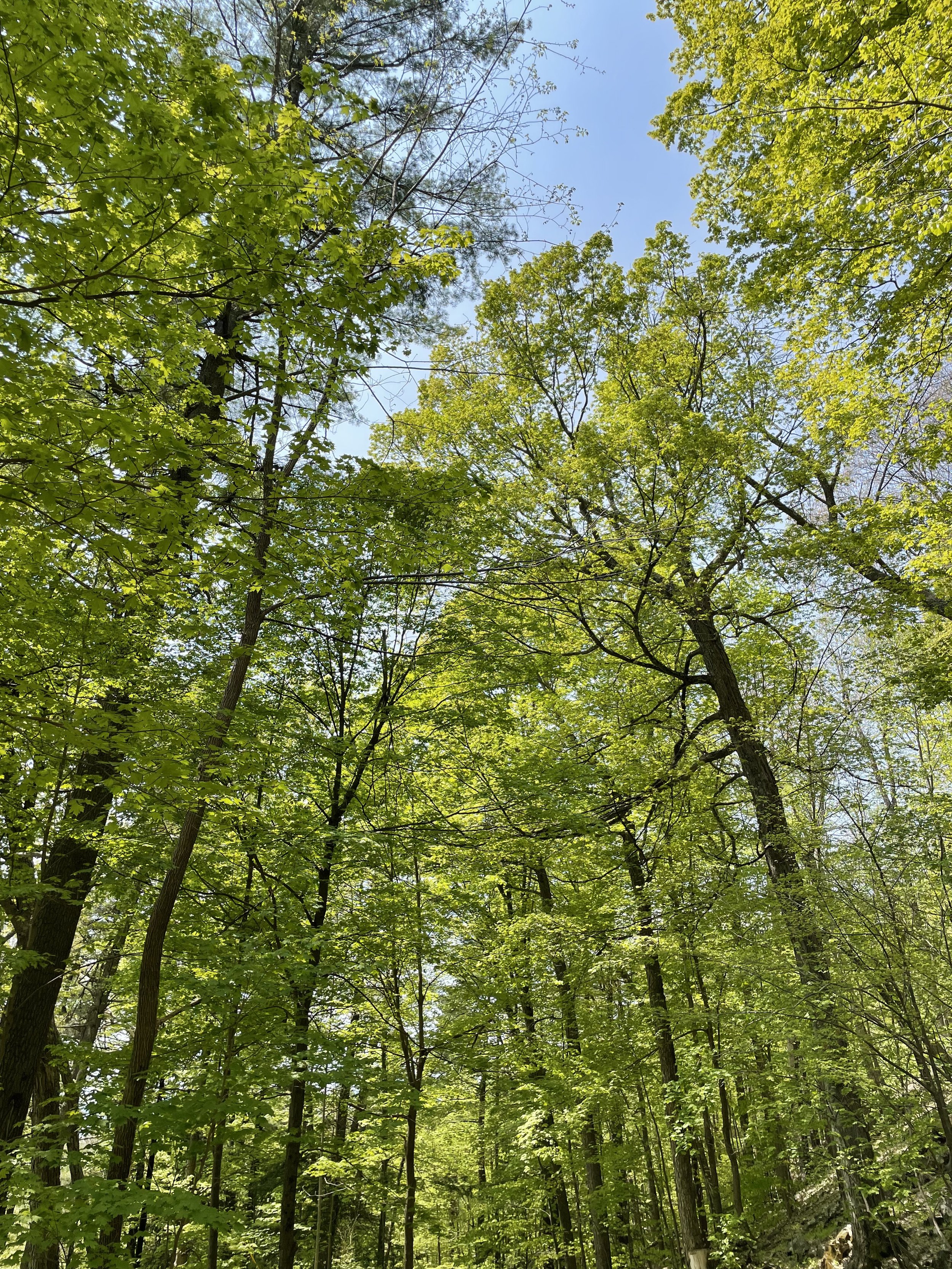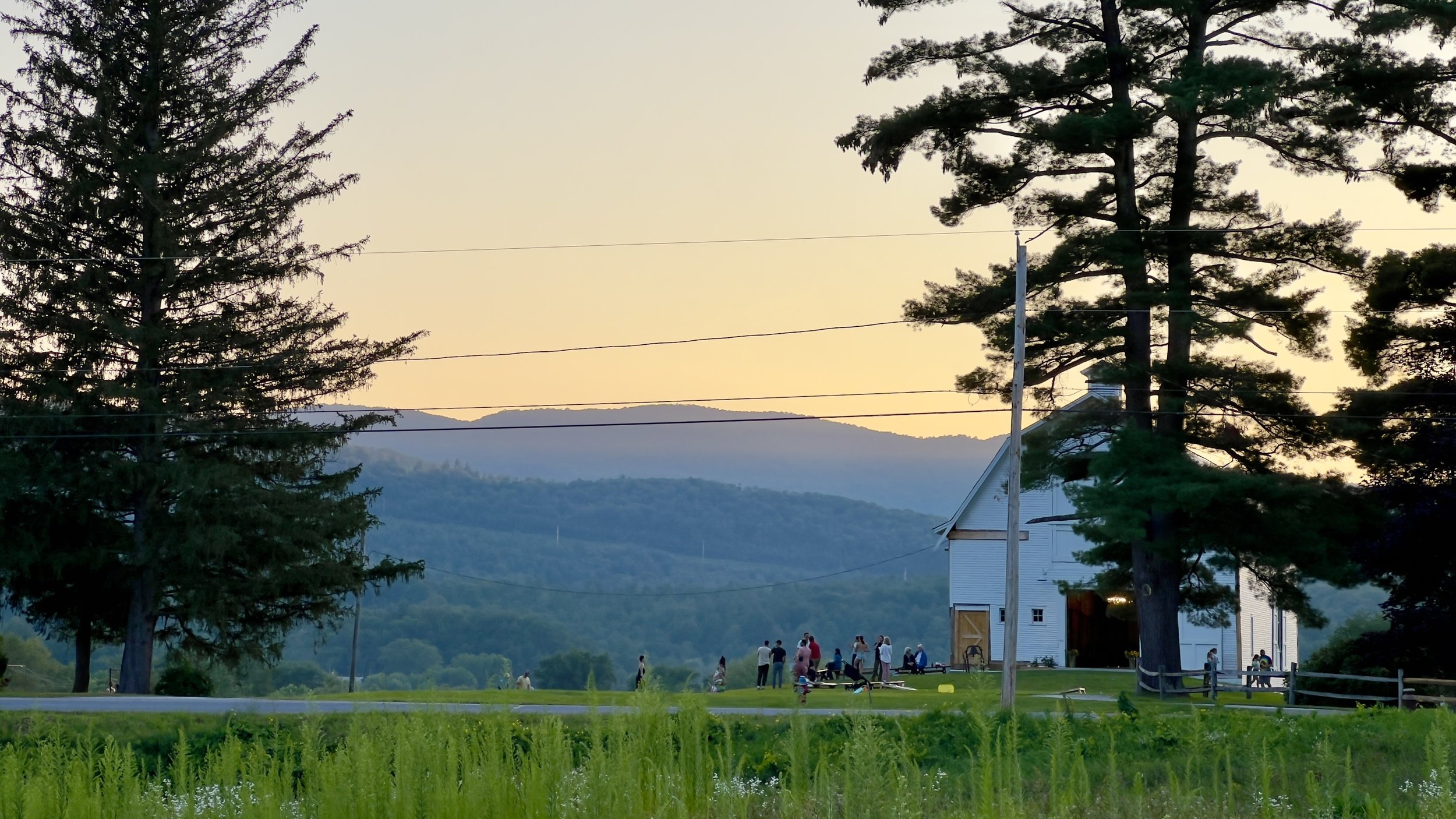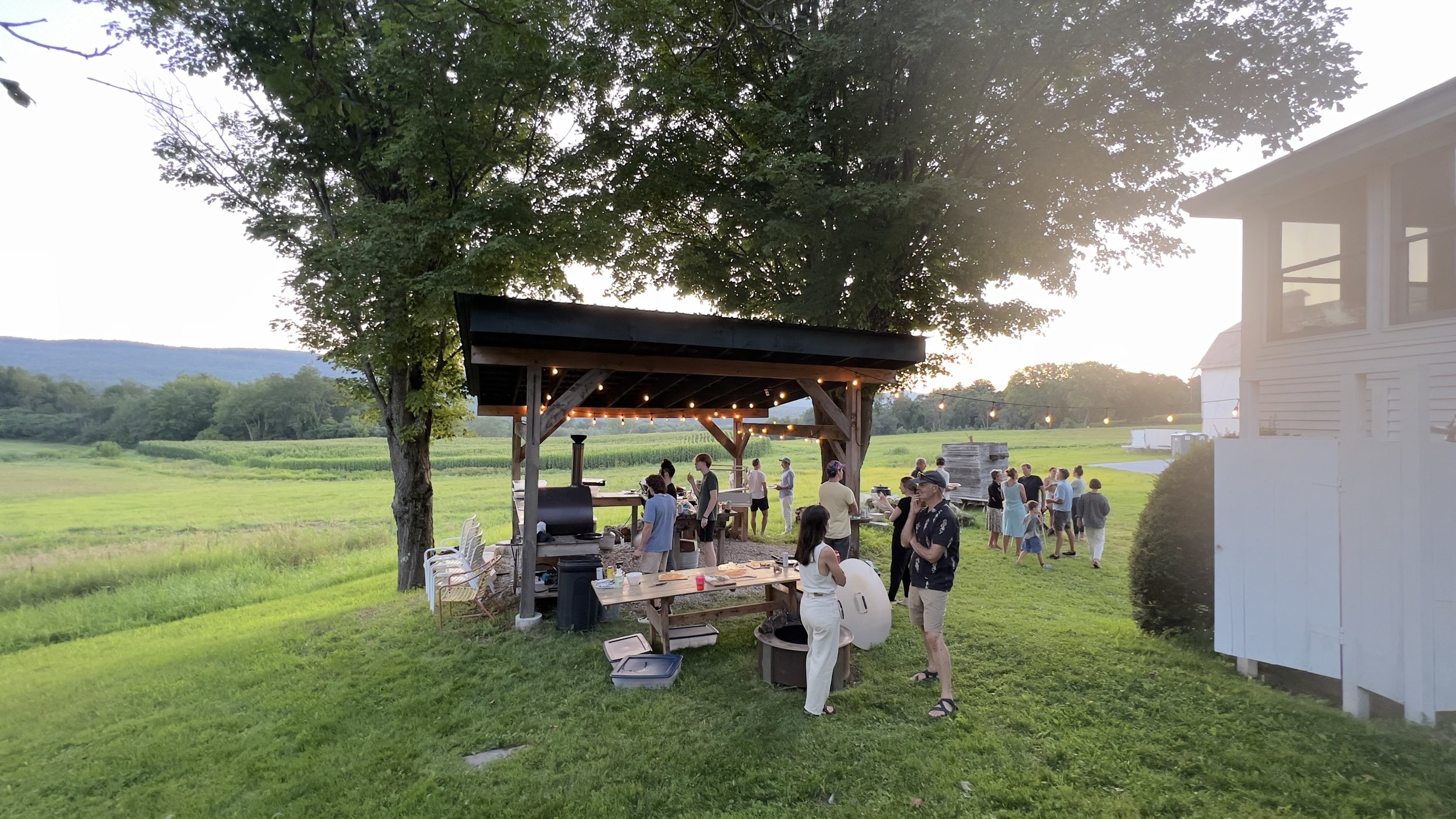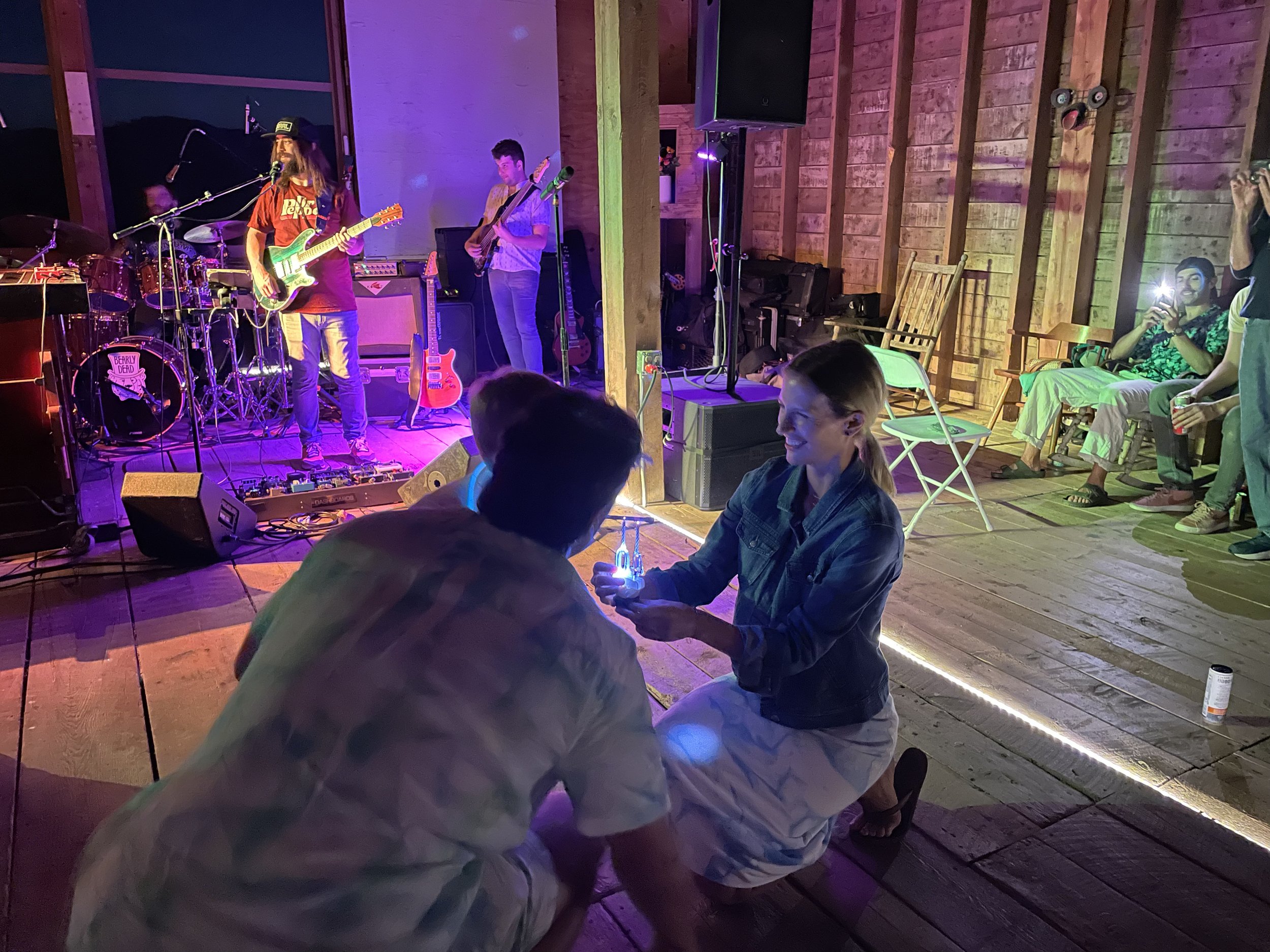Our winter sunset
I just read one of the most beautiful pieces that I have read in a long time that I found moving and helpful and true. It is by an author whom I admire and love: Mary Pipher…author of Reviving Ophilia: Saving the Selves of Adolescent Girls, and many other wise books. She has been an inspiration to me for many years.
When I read this short essay, I thought, what could be more fitting than to reference it for our December blog post when the shortest days are upon us, and the world, as Mary Pipher writes, “is pummeled with misfortune.”
You can find this piece published as a guest essay in the New York Times on December 11th, at this link. And also excerpted below.
The Time of Year and the State of the World:
Mary Pipher writes:
…As we approach the darkest days of the year, we’re confronted with the darkness of wars, a dysfunctional government…mass shootings…and the tragedy of climate change with its droughts, floods, fires and hurricanes. Indeed, the world is pummeled with misfortune.
We can count ourselves lucky if we do not live in a war zone or a place without food or drinking water, but we read the news. We see the disasters on our screens. Ukraine, Israel and Gaza are all inside us. If we are empathic and awake, we share the pain of all the world’s tragedies in our bodies and in our souls. We cannot and should not try to block out those feelings of pain. When we try, we are kept from feeling much of anything, even love and joy. We cannot deny reality, but we can control how much we take in… Whatever is happening in the world, whatever is happening in our personal lives, we can find light.
…I am up for sunrise and outside for sunset. I watch the moon rise and traverse the sky. I light candles early in the evening and sit by the fire to read…We can watch the birds. Recently it was the two flickers at my suet feeder with the yellow undersides of their wings flashing, the male so redheaded and protective, the female so hungry. Today it may be the juncos, hopping about our driveway, looking for seeds. The birds are always nearby. Their calls are temple bells reminding me to be grateful.
White Breasted Nuthatch, Watercolor Bird series by me, Louise
For the Light that Family, Friends, and Children Bring to us:
Mary Pipher writes:
…For other kinds of light, we can turn to our friends and family. Nothing feels more like sunlight than walking into a room full of people who are happy to see me….or my friends, sitting outdoors around a campfire in our coats and hats, reciting poetry and singing songs.
…We also have the light of young children. My own grandchildren are far away, but I spend time with 9-year-old Kadija. My husband and I are sponsoring her family; they arrived here from Afghanistan, with only the father speaking English, only a few months ago. Already, she can bring me a picture book and read “whale,” “porpoise” and “squid” in a voice that reminds me of sleigh bells. I know someday she will be a surgeon, or perhaps a poet…
Ashley and Alden, our youngest grandchild
For the Arts and for Spiritual Life:
Mary Pipher writes:
In our darkest moments, art creates a shaft of light. There is light in a poetry book by Joy Harjo, a recording by Yo-Yo Ma and in a collection of Monet’s paintings of snow.
The rituals of spiritual life will also illuminate our days….readings from Thich Nhat Hanh, the Vietnamese Buddhist monk and influential Zen master. Also, it’s the saying of grace and the moments when I slow down and am present. Whatever our rituals, they allow us to hold on through the darkness until the light returns.
For the Light that Memory Brings us:
Mary Pipher writes:
Finally, we will always have the light of memory. When I recall my grandmother’s face as she read to me from “Black Beauty” or held my hand in church, I can calm down and feel happy. I feel the light on my skin when I remember my mother at the wheel of her Oldsmobile, her black doctor’s bag beside her….Deep inside us are the memories of all the people we’ve ever loved…. And when I think of my people, I’m suffused with light that reminds me that I have had such fine people in my life and that they are still with me now …
My mother reading to our son, Alden, circa 1984
For the Goodness of People and for Becoming Each Other’s Light:
Mary Pipher writes:
…Every day I remind myself that all over the world most people want peace. They want a safe place for their families, and they want to be good and do good. The world is filled with helpers. It is only the great darkness of this moment that can make it hard to see them.
…No matter how dark the days, we can find light in our own hearts, and we can be one another’s light. We can beam light out to everyone we meet. We can let others know we are present for them, that we will try to understand. We cannot stop all the destruction, but we can light candles for one another…
Thank you to Mary Pipher and to the New York Times for publishing her wise words.
We send you all our light during these dark days, and wish you each peace as well as connection to the pain and sufferting, and also to the joy and light of this beautiful world that we share.
Louise and Ashley
Scholten Family Farm, Weybridge, Vermont



